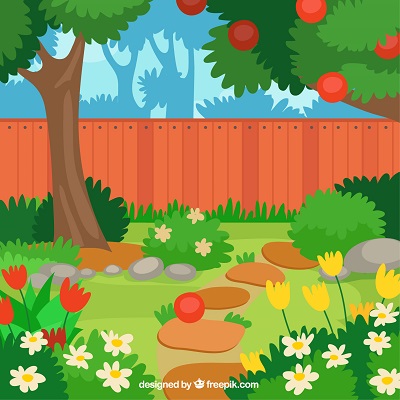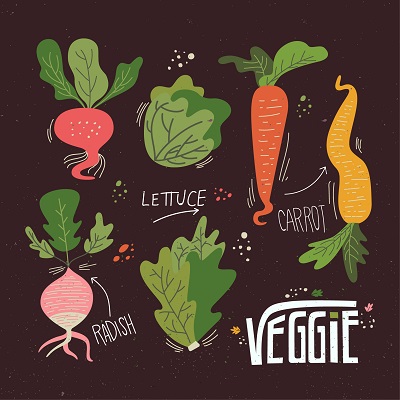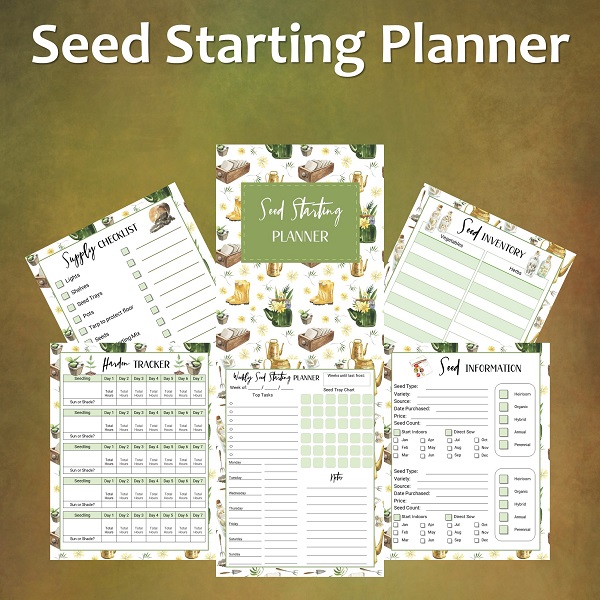Get Started Growing!
 Trial and error is how most shade gardening experts go about their garden. There is no exact science to it, but vegetable gardens can grow in shady spots. A rule of thumb exists, though, that determines what vegetable is more effective at growing in said spots. Experts have concluded that a little shade is fine if gardeners grow for the buds, stems, and leaves. On the other hand, plants that are grown for the fruit and root needs full sun.
Trial and error is how most shade gardening experts go about their garden. There is no exact science to it, but vegetable gardens can grow in shady spots. A rule of thumb exists, though, that determines what vegetable is more effective at growing in said spots. Experts have concluded that a little shade is fine if gardeners grow for the buds, stems, and leaves. On the other hand, plants that are grown for the fruit and root needs full sun.
Gardening in a shady location needs more attention than normal ones. You need to determine the quality of shade, level of the plant’s fertility, temperature, soil type and how much the plants get moisture. All these factors affect the success or failure of your venture.
Different Types of Shade
The sun is a major component for vegetables and plants to bear fruit. No vegetable garden can survive without sunlight. And having limited access to it means limited results. That’s why having shaded gardens can be quite disappointing. You don’t get the most out of your garden. However, it’s not the end of the world. You can still work with what you have by learning what are the different types of shade conducive for vegetable growth. Continue reading
 If you are looking to start growing your own food, vegetables will probably be a large part of that. While you can grow just about any vegetable you want – depending on the season – there are some that are definitely easier for beginners. Here are some good vegetables to start with when you are just beginning to explore growing your own food.
If you are looking to start growing your own food, vegetables will probably be a large part of that. While you can grow just about any vegetable you want – depending on the season – there are some that are definitely easier for beginners. Here are some good vegetables to start with when you are just beginning to explore growing your own food.
Leafy Greens
One of the easiest types of vegetables for beginners to grow is salad greens or leafy greens. This includes most types of lettuce and greens that you would use for a salad,such as spinach, kale, arugula, collard greens, and lettuce like romaine and iceberg.
Cabbage can also be included in this category. Lettuce is actually really beautiful and enticing in a garden when it begins to grow, plus there is always room for adding more greens to your diet. If you are using seeds, spring and fall are typically the best time to plant greens. Continue reading



